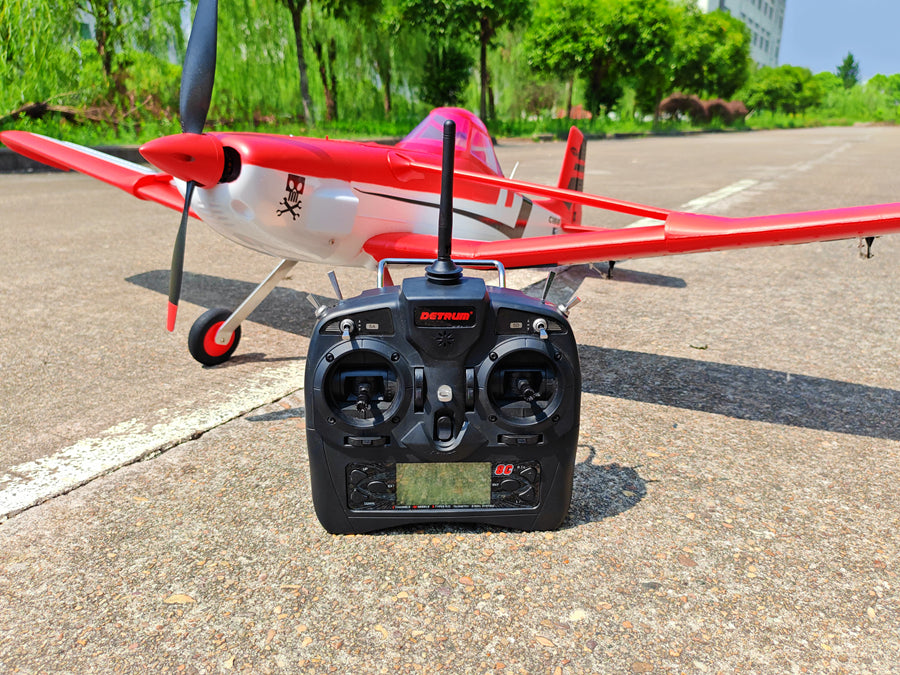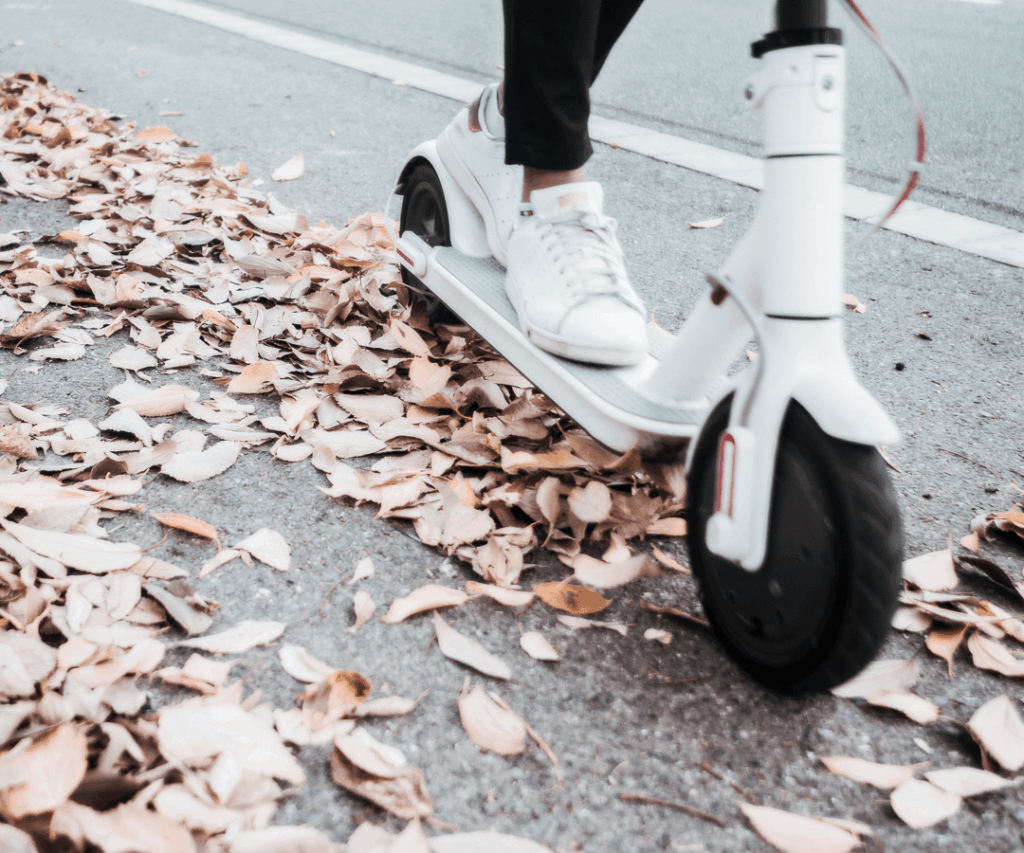Flying an RC (remote-controlled) plane can be an exciting and rewarding experience, but for beginners, it can also feel a bit daunting. If you’re just getting started, this beginner’s guide will walk you through the essential steps for mastering the basics of flying a remote control airplanes for beginners, with a special focus on Dynam RC planes — a brand known for its quality, ease of use, and exciting performance. Whether you’re looking to fly for fun, or you’re considering entering the world of competitive RC flight, this guide will cover everything you need to know to get airborne confidently.

Why Choose Dynam RC Planes?
When you’re starting out in RC aviation, choosing the right plane can make all the difference. Dynam RC planes are a great choice for beginners because they are known for their durability, ease of assembly, and smooth flying characteristics. Some of the most popular models for newcomers include the Dynam Cessna 188 Crop Duster V2 Red 4S RC Scale Plane 1.5m w/ Flaps, which offers a smooth, stable flight experience ideal for learning the ropes.
Step 1: Understand the Basics of RC Flight
Before jumping into the cockpit, it’s essential to understand the fundamental principles of how RC planes work. Here are the basic components you’ll need to familiarize yourself with:
1.1 Remote Control (Transmitter)
The remote control, or transmitter, is your interface with the plane. It lets you control the plane’s throttle, pitch, roll, and yaw. Understanding the layout of your transmitter and how to control each function is crucial for a smooth flight experience. For example, with a Dynam RC plane, you’ll use the transmitter to adjust the throttle for speed, and the control sticks to tilt the plane up or down (pitch) or bank it left or right (roll).
1.2 Control Surfaces
RC planes have several key control surfaces:
- Ailerons: Control roll (side-to-side tilt).
- Elevators: Control pitch (up/down angle).
- Rudder: Controls yaw (side-to-side direction).
- Throttle: Controls speed.
For example, the Dynam Cessna 188 Crop Duster V2 comes with flaps, which are an added feature that help increase lift and reduce speed during landing, making it easier for beginners to perform smooth approaches.
1.3 Batteries
Most RC planes, including those from Dynam, run on lithium polymer (LiPo) batteries, which provide a good balance of power and weight. Be sure to properly charge and maintain your battery, as this will directly impact the performance and flight time of your plane.
Step 2: Get Your Plane Ready for Flight
Before heading out to the field, ensure your Dynam RC plane is fully assembled and ready to go. Here’s how you can do it:
2.1 Assembling Your Dynam RC Plane
One of the great things about Dynam planes is that they are often “almost ready to fly” (ARF), meaning most of the assembly work is done for you. For example, the Dynam Cessna 188 Crop Duster V2 comes with pre-installed servos, motors, and landing gear. You’ll need to attach the wings, connect the control surfaces, and ensure the battery is properly installed and secured.
2.2 Checking the Controls
Perform a control check to ensure everything is functioning as it should. Turn on the transmitter first, then connect the battery to your plane. Move the control sticks on your transmitter and observe the control surfaces on your plane. Ensure that the ailerons, elevators, rudder, and throttle respond correctly.
Step 3: Pre-Flight Safety Check
Before taking to the skies, it’s critical to perform a thorough safety check to ensure a safe flight experience:
- Check the battery: Make sure it’s fully charged and properly installed.
- Inspect the plane: Look over the fuselage, wings, and control surfaces for any damage or loose parts.
- Ensure proper radio range: Perform a range test to make sure the transmitter is communicating with the receiver in the plane.
- Clear the flight area: Choose a spacious, open area to fly, free from obstacles, people, and animals.
Step 4: Basic RC Flying Techniques
Now that your plane is ready to fly, let’s break down the basic flying techniques. Flying an RC plane, especially a stable model like a Dynam aircraft, is about smooth, gradual inputs.
4.1 Takeoff
Start by giving your plane a gentle push to get it moving along the runway or field. Gradually apply throttle to build up speed. For the Dynam Cessna 188, you’ll want to gently pull back on the elevator stick to lift the nose up and get airborne. Once in the air, keep a steady hand on the throttle and continue to make gentle corrections.
4.2 Turning
To turn, use the ailerons to bank the plane in the direction you want to go. At the same time, use the rudder to help steer the plane and prevent it from skidding. It’s important to make slow, gradual turns to avoid losing control.
4.3 Climbing and Descending
To climb, gently pull back on the elevator stick, applying more throttle as needed. To descend, push the elevator stick forward and reduce the throttle. For beginners, it’s often best to fly at a consistent altitude and avoid rapid climbs or descents.
4.4 Landing
Landing is the most critical part of flying an RC plane. For the Dynam Cessna 188 Crop Duster V2, you can use the flaps to slow down and make a smoother, more controlled descent. Approach your landing with a slight nose-up attitude and gradually reduce throttle as you near the ground. The key is to make a smooth, gradual descent, and avoid any sharp movements or sudden changes in throttle.
Step 5: Advanced Flying Techniques
Once you’ve mastered the basics, you may want to try some more advanced flying maneuvers, such as loops, rolls, or stall turns. However, these maneuvers should only be attempted once you’ve gained confidence and control over your basic flying skills.
5.1 Loops
To perform a loop, pull back gently on the elevator stick to climb, then apply full throttle to maintain speed as you reach the top. As you go over the top of the loop, push forward on the elevator to complete the maneuver.
5.2 Rolls
To perform a roll, push the ailerons in one direction to initiate a roll. Keep the plane at a consistent speed, and make sure you have plenty of space to complete the roll.
Step 6: Troubleshooting Common Issues
It’s normal for beginners to encounter a few hiccups when flying. Here are some common problems and their solutions:
| Issue | Solution |
|---|---|
| Plane isn’t responding to controls | Check that the transmitter is on, and the receiver is properly bound to the transmitter. |
| Plane seems too unstable or wobbly | Ensure the plane is properly balanced (center of gravity). Make sure the control surfaces are secure. |
| Short flight time | Check that the battery is fully charged. Consider using a higher capacity battery for longer flights. |
| Plane crashes too frequently | Start flying in less windy conditions, and practice in an open area free from obstacles. |
FAQ: Common Questions About Flying an RC Plane
1. How long does it take to learn to fly an RC plane?
The time it takes to learn depends on the individual, but most beginners can expect to become proficient after about 10–20 flights. With practice, you’ll gain more confidence and control.
2. What is the best Dynam plane for beginners?
Dynam offers several planes ideal for beginners, including the Dynam Cessna 188 Crop Duster V2 and the Dynam T-28 Trojan V2, which are known for their stability and ease of flight.
3. How do I choose the right battery for my RC plane?
The battery you choose depends on the plane’s motor and required power. For Dynam planes like the Cessna 188, a 4S LiPo battery provides the right balance of power and weight.
My Personal Experience with the Dynam Cessna 188 Crop Duster V2 Red 4S RC Plane
As someone who has been flying RC planes for years, I can attest to the quality and reliability of Dynam aircraft. The Dynam Cessna 188 Crop Duster V2 Red is an excellent choice for both beginners and experienced pilots. Its stable flight characteristics make it easy to learn on, while the added flaps allow for smoother, more controlled landings.
I remember my first flight with the Cessna 188; it was a perfect afternoon for flying. The plane lifted off smoothly and handled the controls with ease. The responsive ailerons and elevator made it easy to keep the plane steady, and I was able to make several smooth landings without any issues. If you’re just starting out, this model offers the perfect balance of simplicity and performance.
Conclusion
Flying an RC plane is an incredibly rewarding hobby, and with the right guidance, anyone can learn to soar through the skies. Dynam RC planes, especially models like the Cessna 188 Crop Duster V2, provide a fantastic platform for beginners to develop their skills. With practice, patience, and the right plane, you’ll be performing smooth takeoffs, turns, and landings in no time!
If you’re ready to take your first flight, be sure to choose a model that fits your skill level, and most importantly, have fun!








